Should Fashion Shows Be Smaller?
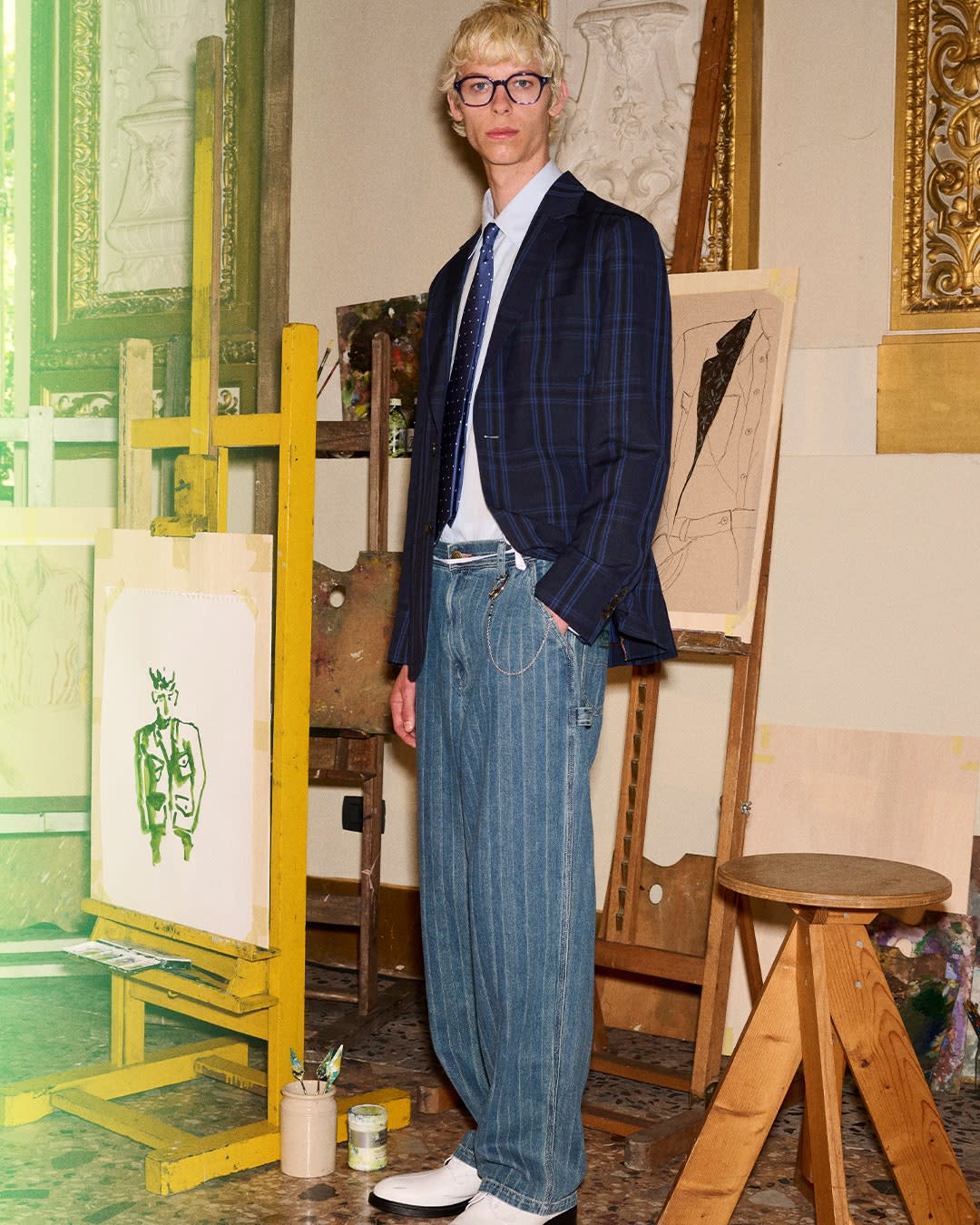
This is an edition of the newsletter Show Notes, in which Samuel Hine reports from the front row of the global fashion week circuit. Sign up here to get it in your inbox.
Last June, Pharrell Williams redefined the scale and reach of the men’s fashion runway when he shut down the heart of Paris, bringing nearly 2,000 guests by boat to the Pont Neuf for his Louis Vuitton debut. It was huge in every dimension. Kim Kardashian, Beyoncé, and Rihanna took over the front row. There were 72 looks and a gospel choir on the runway. According to Louis Vuitton, over one billion people viewed the video of the show. Following the post-show Pharrell and Jay-Z performance, as we dodged celebrities to grab a glass of champagne, a fellow dazed fashion writer turned to me and said: “That was an I was there moment.”
But there is a strong case that fashion shows should be getting smaller, not bigger. A lot smaller. That was the tack taken this season by Sir Paul Smith, who traded his usual Paris Fashion Week slot for a guest designer gig at Pitti Uomo in Florence. On Tuesday afternoon, the first day of the menswear trade show, I found the British style legend in the gilded salons of the local fashion academy, where he was prepared to unveil his Spring-Summer 2025 collection in an intimate presentation.
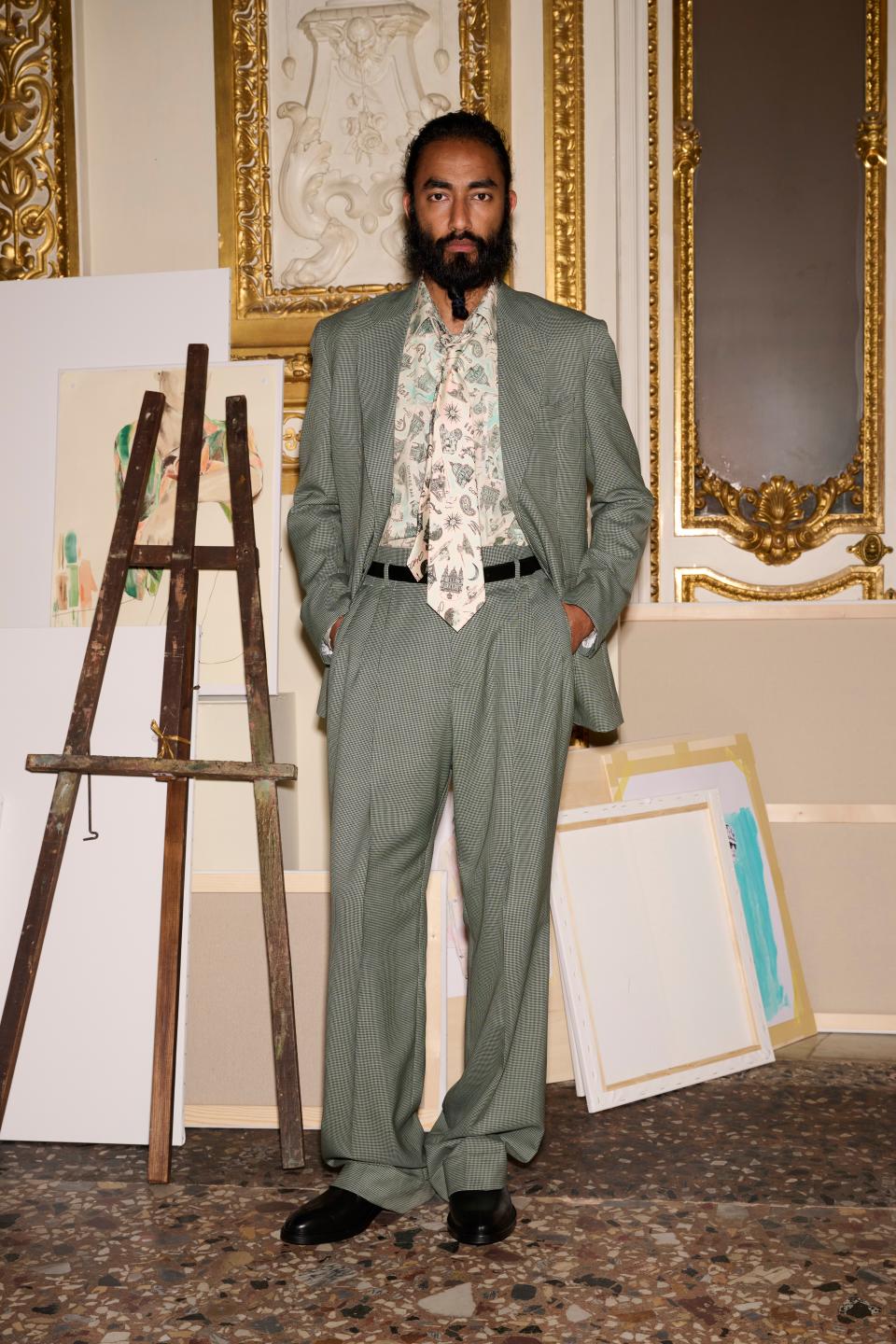
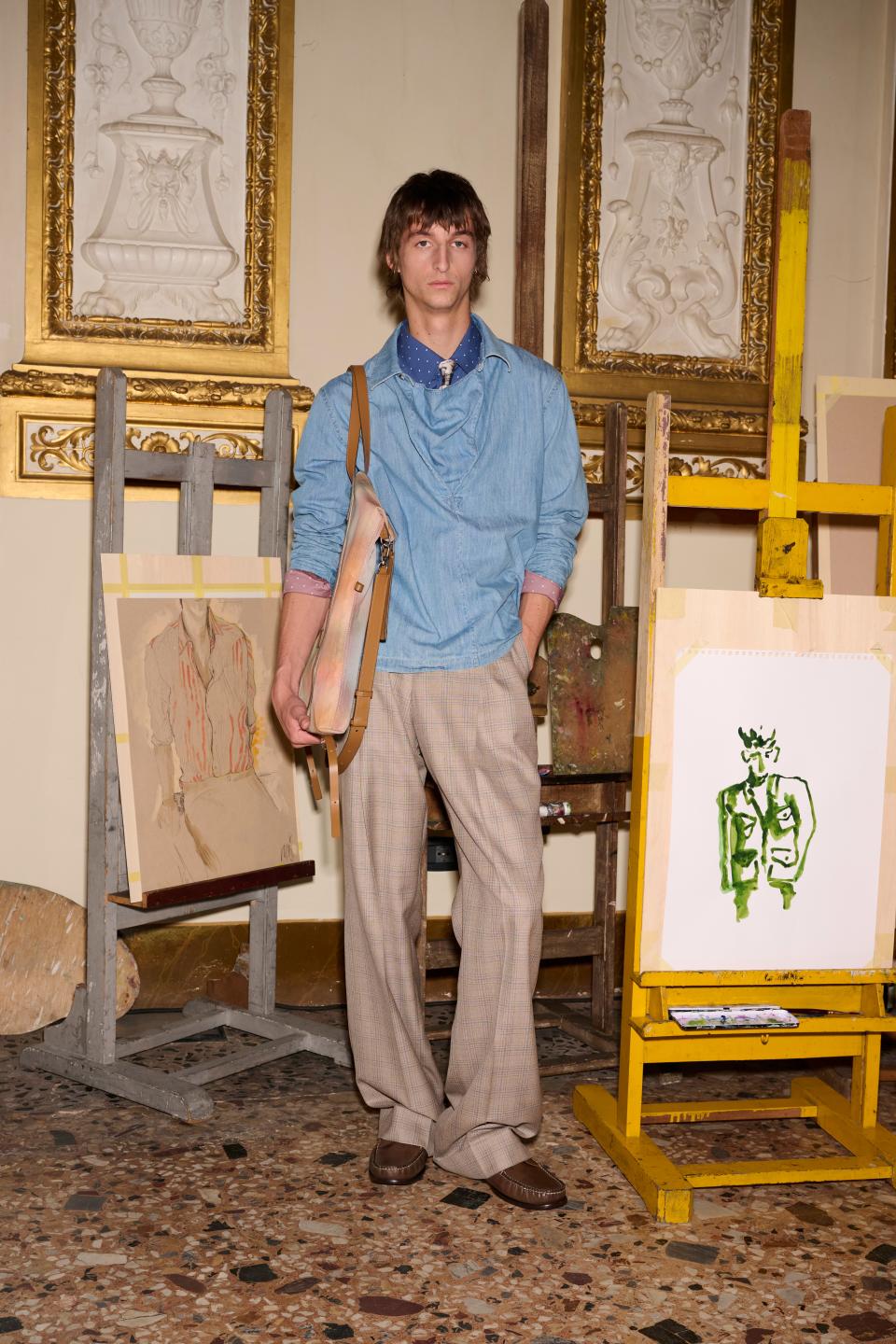
A couple dozen stools were arranged in an adjacent room, where a smattering of paintings on easels and a low stage comprised the modest set. “I mean, the idea really is that the shows around the world are getting bigger and bigger and bigger and bigger and bigger—and more debatable,” he said. The designer, who will celebrate his 78th birthday next month, isn’t afraid to call it like it is, arguing that there’s a downside to the rise of fashion-tainment, especially given the state of the world outside the chaotic fashion industry. “It just seems that in this very homogenized, overcrowded, over-distributed world that’s full of wars and nonsense, to do something which is so personal is fantastic,” he told me.
Smith is not the only designer who has pointed out that the grand runway spectacle seems incompatible with broader events; in January, citing the “barbaric times” we live in, Rick Owens moved his runway show—which usually feels like a crazy outdoor rock concert, pyrotechnics very much included—into his house. But at Pitti, SPS was arguing that a more modest format might actually be more effective than the traditional catwalks he usually does. “It should feel like going to your favorite bread shop,” Smith said of his show, “where they go, Hi, Sam, how are you? You have a nice holiday? Normal stuff.”
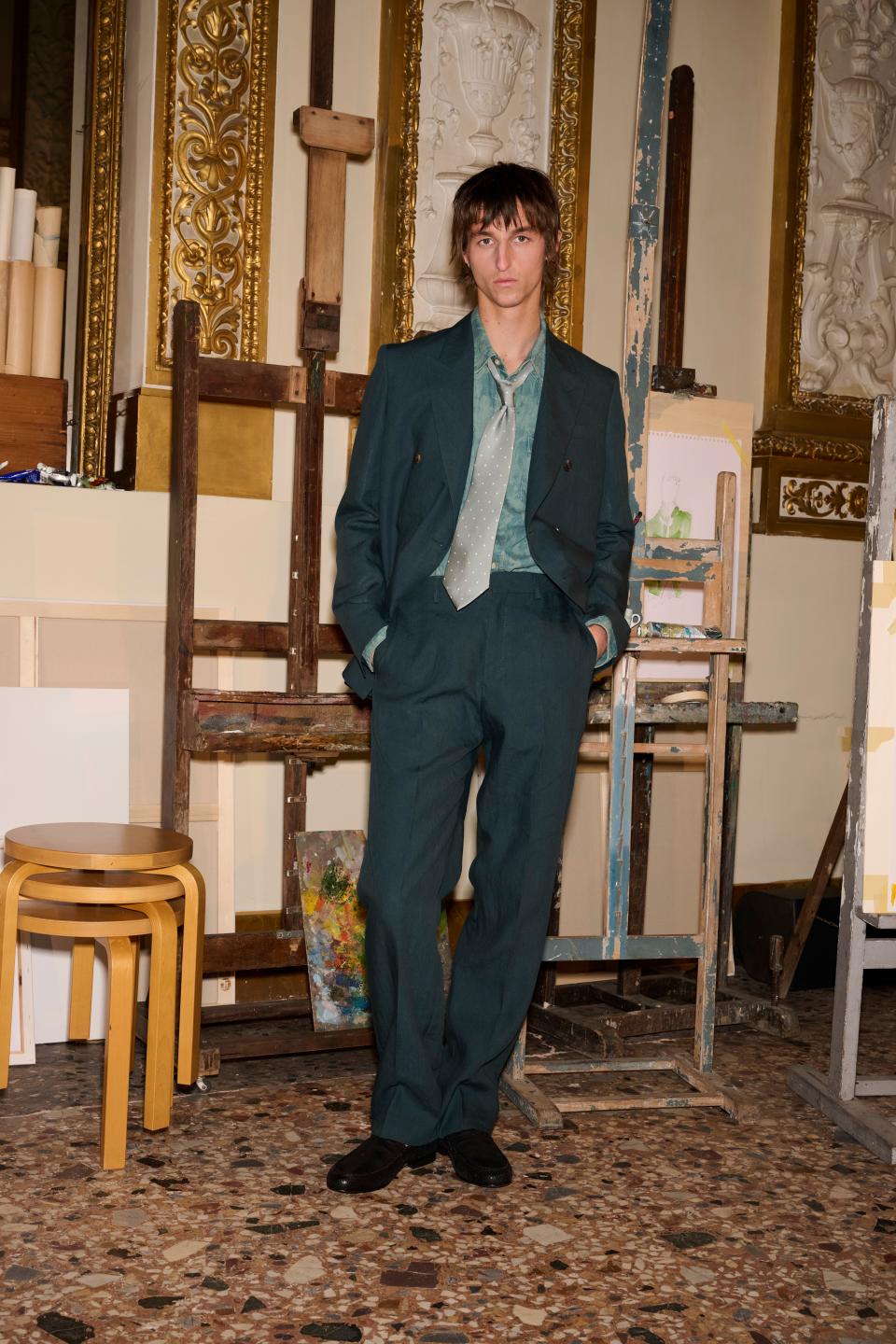
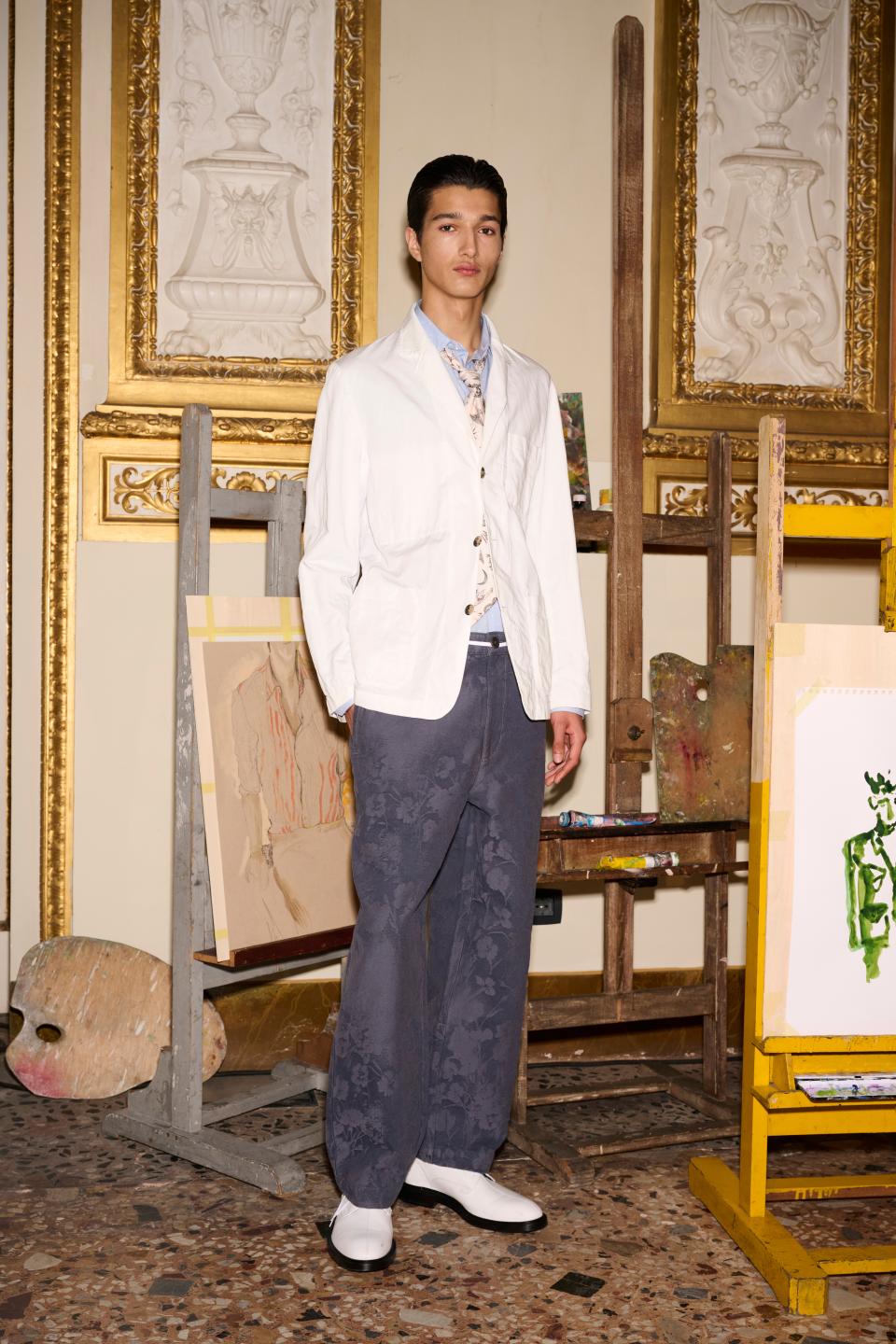
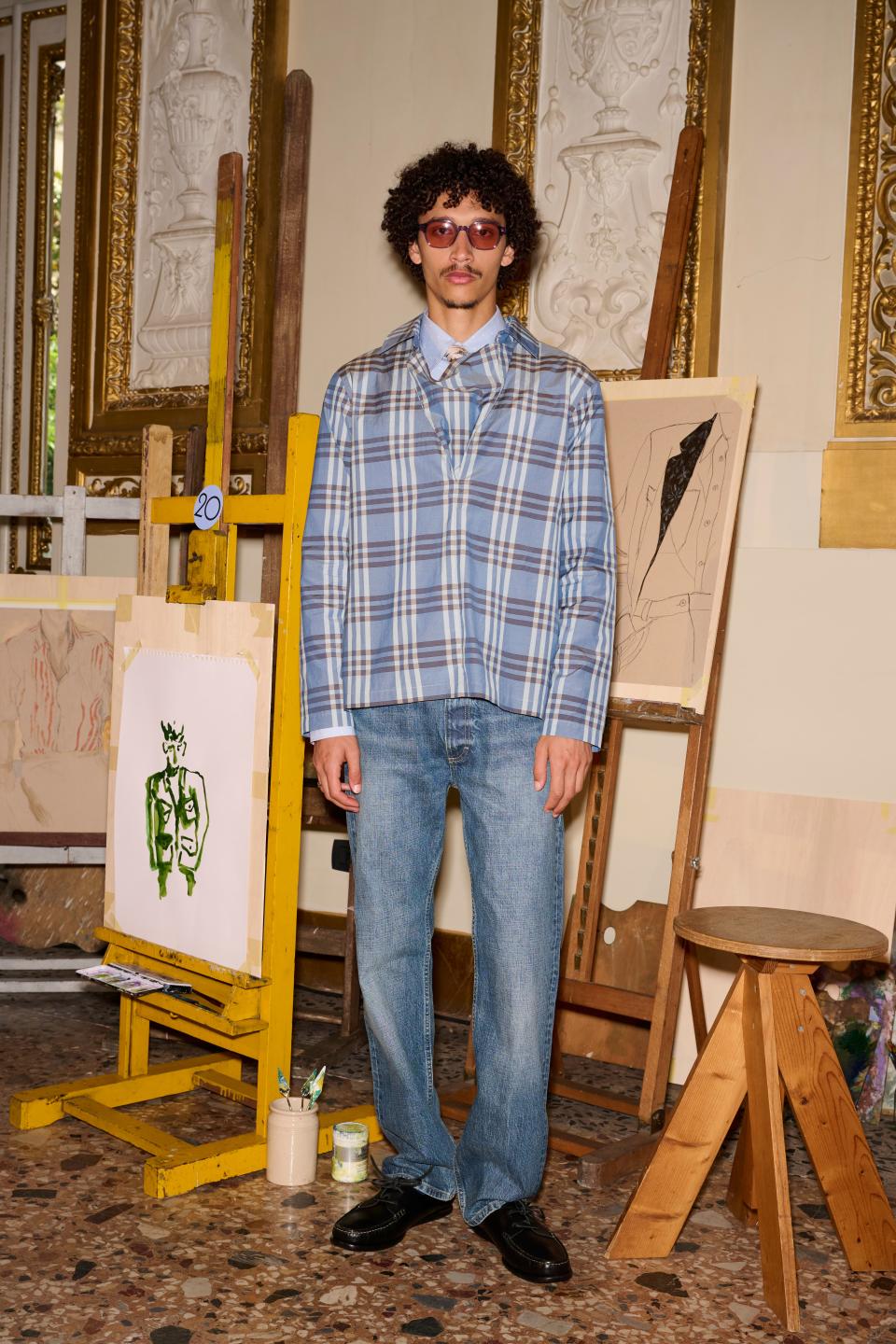
There are plenty of advantages to holding a fashion presentation. Presentations are much cheaper to produce, and as they usually run for several hours, editors and buyers appreciate the convenience. But they are also easy to skip in a pinch. Relatively static presentations can be snooze-fests compared to the whiz-bang of a runway. What’s more exciting: watching a bunch of models standing around, or watching a bunch of models stalk down a runway to the beat?
Some brands have nailed the lo-fi format. Last March, Olivier Rousteing of Balmain Homme hosted a cocktail party at the Hotel Regina where models wearing the new collection lounged around the wood-paneled bar. Rousteing knows how to curate a great room, and the party was genuinely lively; most importantly, the glammed-out clothes looked beautiful up close. Compared to the brand’s January outing, where I trekked to the outskirts of Paris for an hour-late show that scotched my dinner plans, I would take the elegant and intimate cocktail party any day.
In the age of stadium rock concerts, fashion insiders are craving more welcoming venues, says Nordstrom men’s fashion director Jian Deleon. “A smaller approach, like an acoustic set so to speak, can go a much longer way in creating something that just feels real in a world that’s increasingly prescriptive.” There’s also the exclusivity factor. According to Deleon, the Paul Smith presentation struck him as far more “FOMO-inciting” than his big tent gatherings. What it comes down to, Deleon says, is simple in an age where anything popular immediately seems overexposed: Would you rather see the Rolling Stones at Soldier Field, or at the Empty Bottle?
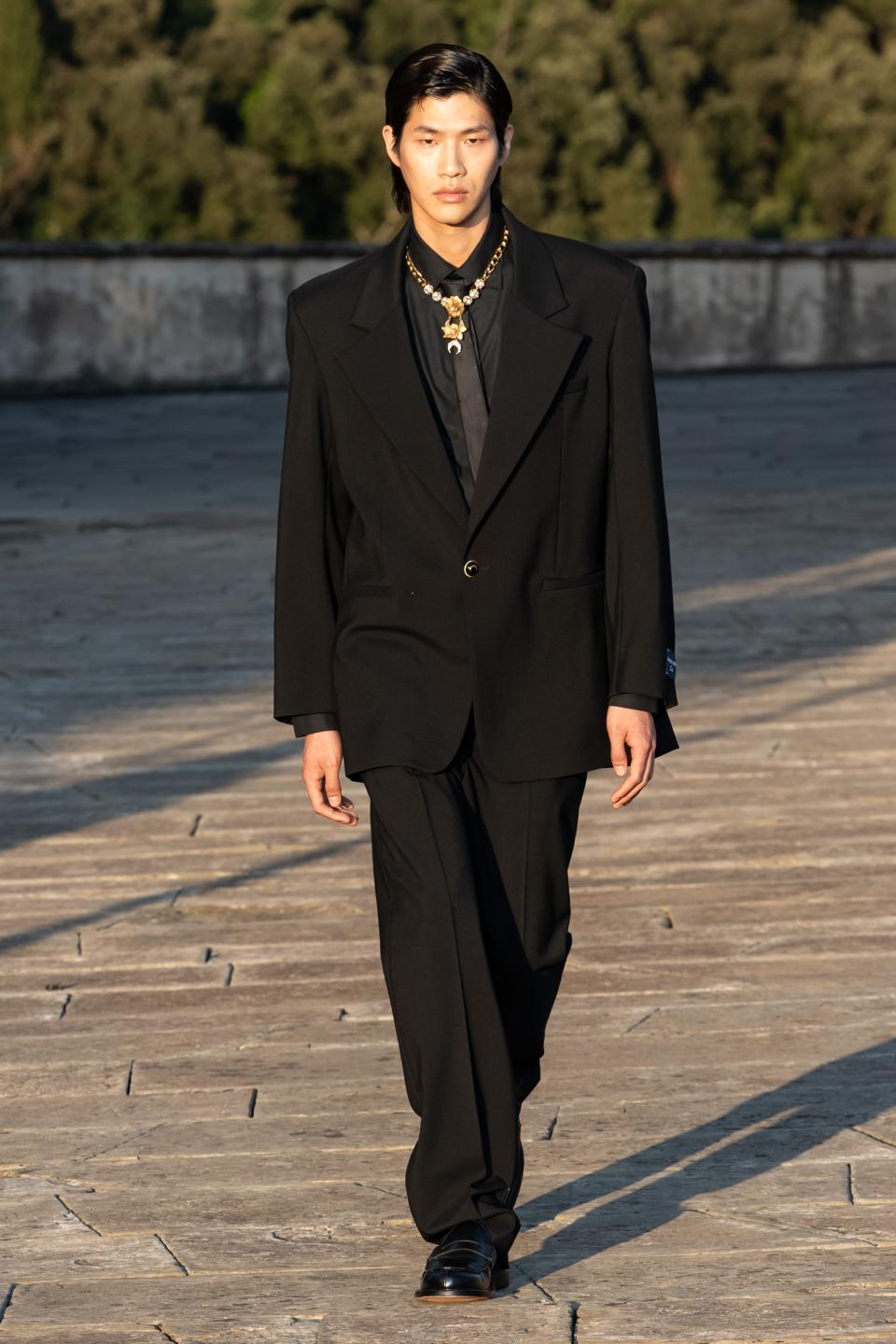
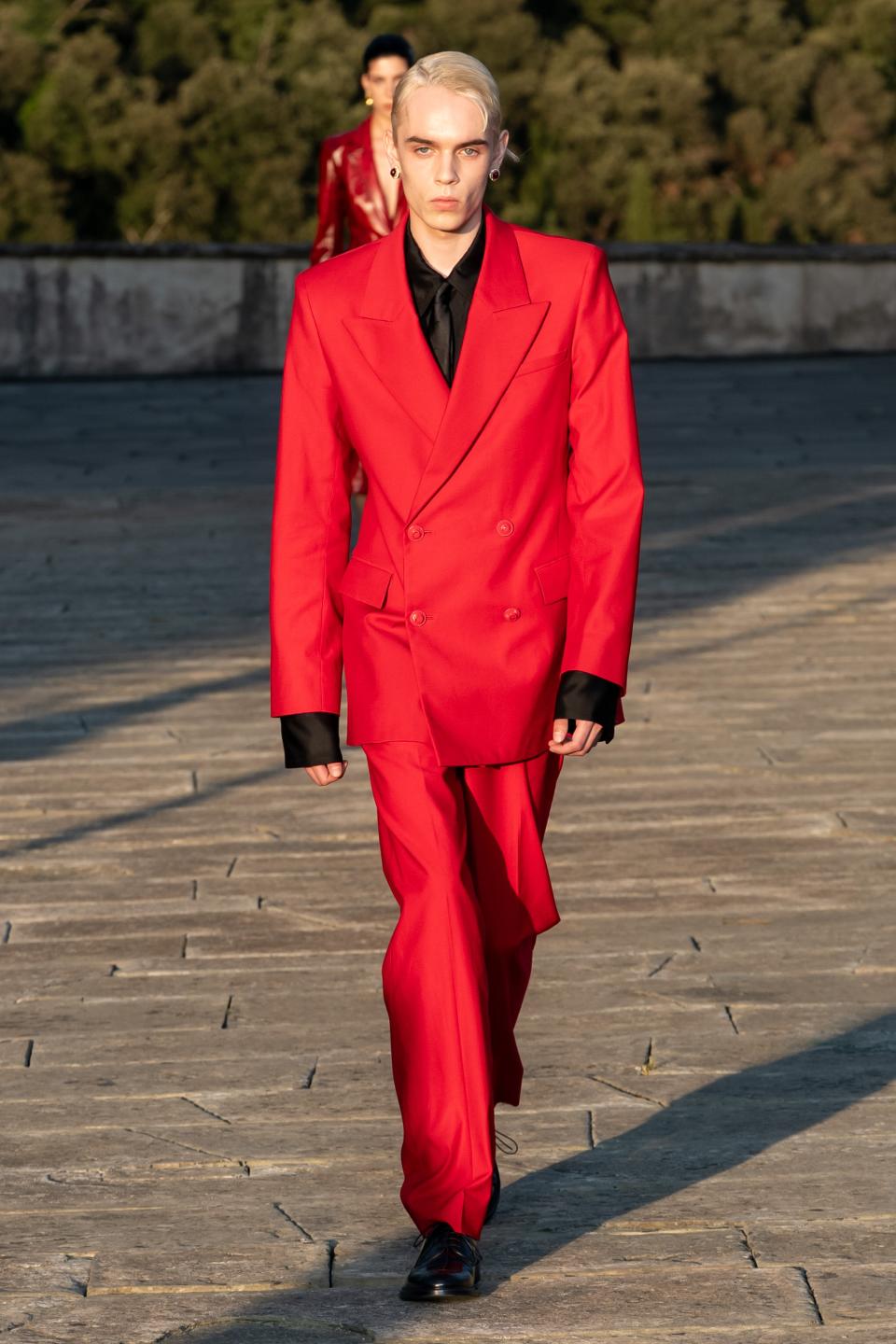
But as of yet, nothing beats the marketing noise you can produce with a monumental runway moment. Pitti Uomo’s other guest designer, French fashion darling Marine Serre, proved as much at sunset on Wednesday evening in the gardens of the 15th-century Villa di Maiano. Serre is known for ambitious shows that often take place in remote areas of Paris, where she can fit hundreds of friends and students in the audience. Her instinct is inclusion. For her first foray abroad, Serre set her vision of craft-couture to a honey-golden Tuscan backdrop that you can’t replicate anywhere else, before a large crowd that included A$AP Ferg and other dedicated supporters decked out in the French upcycling specialist’s crescent moon motif.
In a preview, Serre explained that she, too, had been struggling to reconcile her job with the extra-depressing news cycle of late. “It's really hard to create as an artist today knowing the context of what is happening around the world,” said Serre, who added that moving her show out of Paris and to a gorgeous and historic villa in the rolling hills above Firenze helped her get into a more hopeful mindset. “I think it’s important to remind [people about] peace, and to try to bond and not just focus on the boundary.”
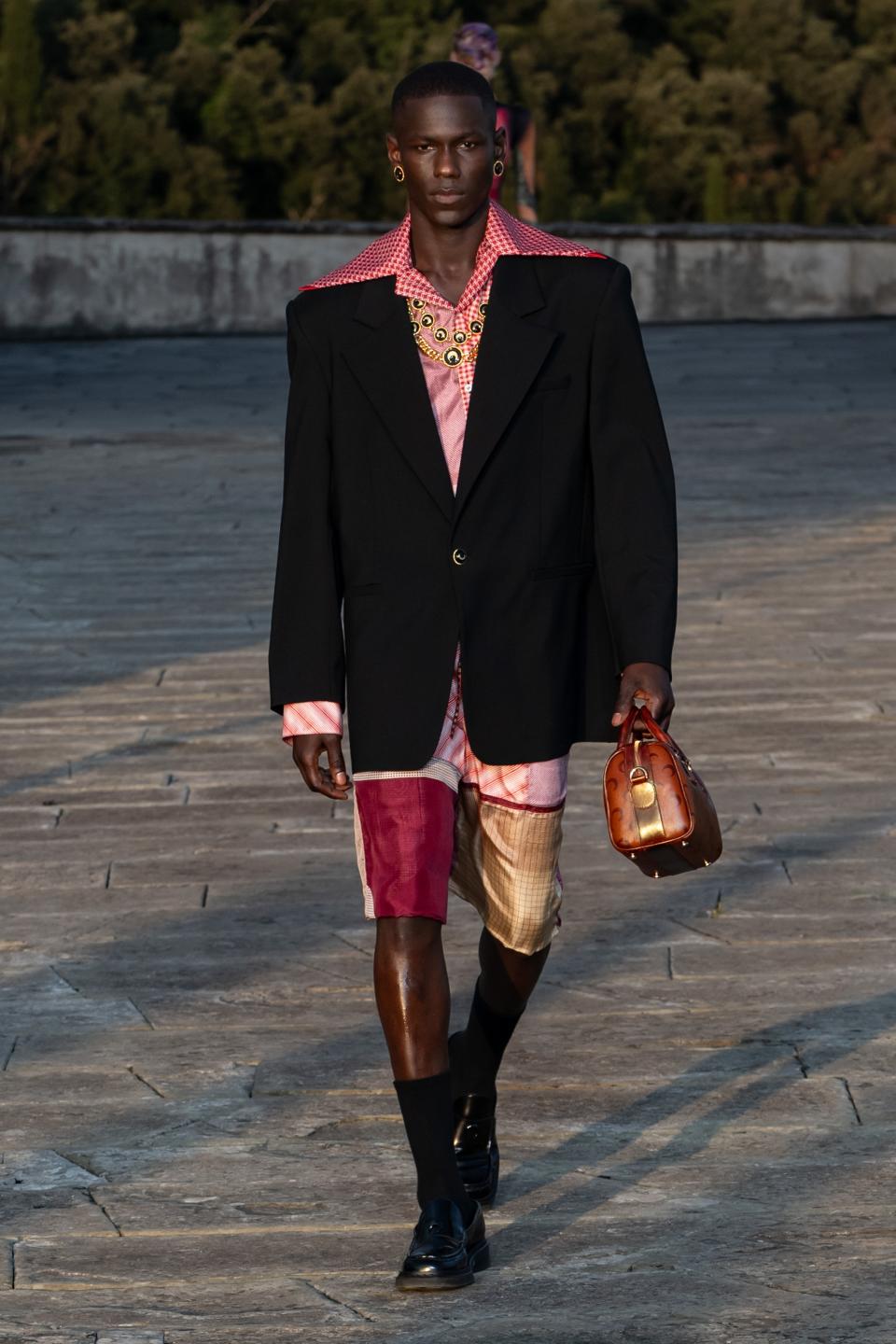
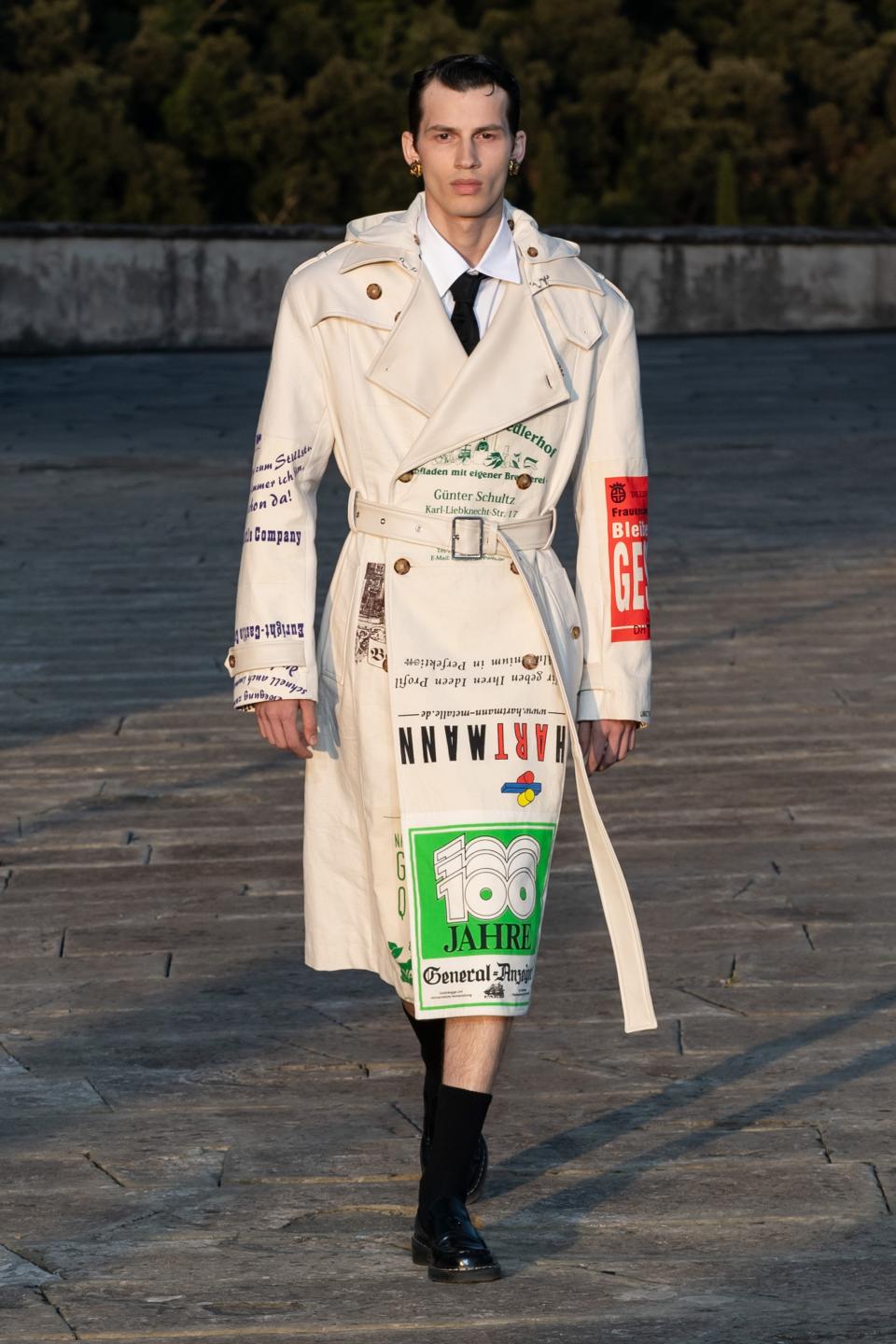
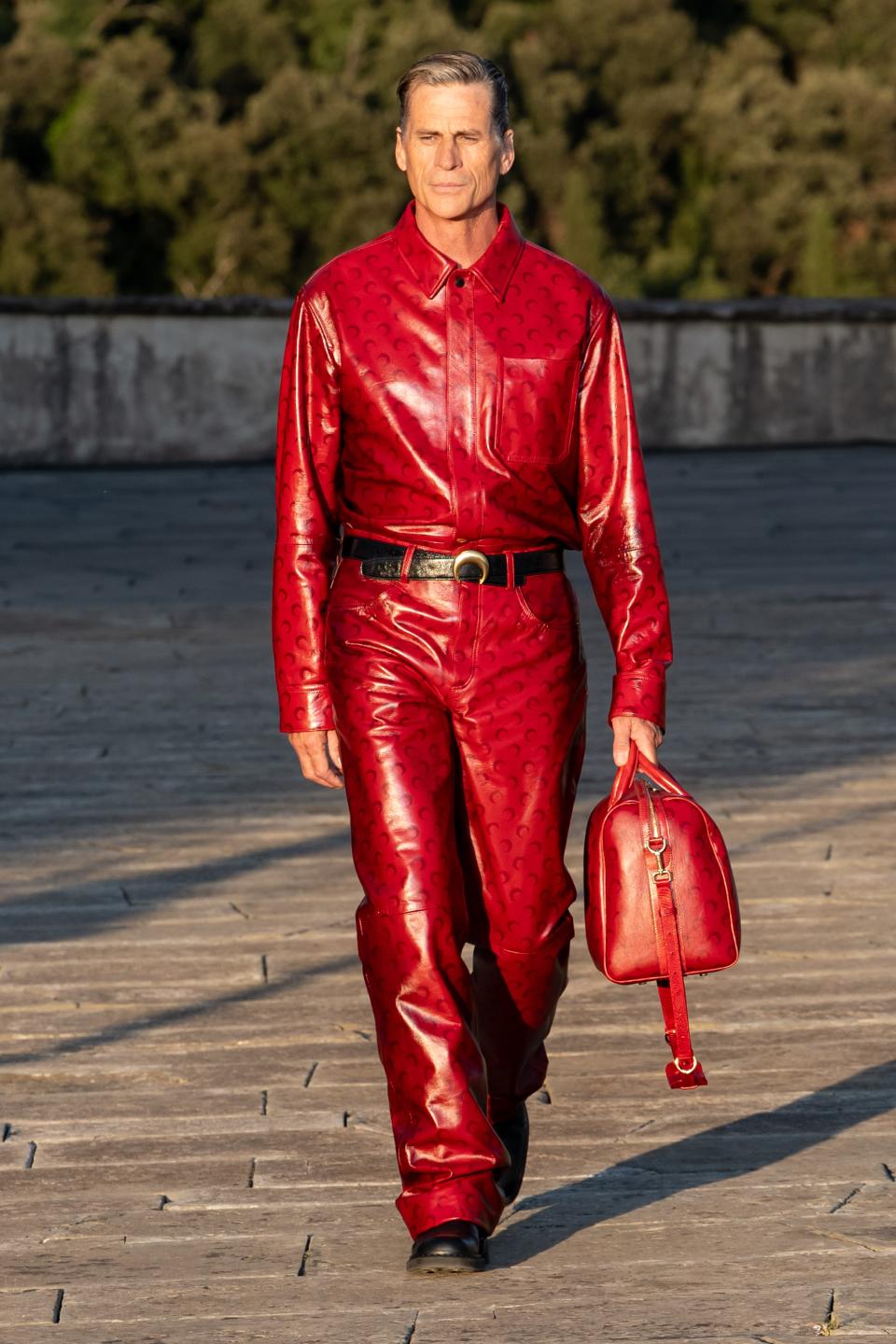
As is typical of Pitti Uomo shows, Serre’s collection included a healthy supply of tailoring, which she described as loosely inspired by The Godfather. On the lineup board in the preview, the suits—with blocky shoulders and lightly-tapered trousers, worn over shirts with flared ’70s collars—looked a bit square. But on the runway, the fluid wool moved with the sportiness of her signature ready-to-wear tops and gowns made of vintage T-shirts and jersey, and the antique jewelry draped around the models’ collars glimmered in the evening light. Altogether, it was a picture perfect tableau that would have been near impossible to replicate in a presentation. Serre called it her “movie,” one that was live streamed to her hundreds of thousands of followers. Ferg told me it was his favorite fashion show ever.
But Paul Smith remained the undisputed Pitti highlight. After our chat, I took my seat alongside the rest of the press contingent for Smith’s sartorial sermon. Besides his impeccable eye for color and fit, Sir Paul Smith’s greatest asset as a designer is his razor-sharp wit and bottomless capacity for charm, and as the models filed in, Smith got on stage and began breaking down the looks. “This is all live. I’m scared stiff with you lot!” he quipped as he explained a lovely chambray smock that he discovered in his 4,600-piece strong archive. (The original was from 1979.)
For the next ten minutes or so, Smith held court as he peppered dissertations about high-twist fabrics (“It’s just fantastic, It’s got so much life in it,” he said of a trouser made of ultra-fine 130s wool) with stories about hanging out with Lucian Freud and Frank Auerbach in swinging 1960s Soho. A pair of striped carpenter trousers made in collaboration with Lee, for instance, launched a story about Freud’s dirtbag-artist style for hitting the clubs, when he would wear his father’s beautiful Savile Row blazers with a pair of “rag-ass paint-splattered painters pants.” The dusty Mediterranean color palette inspired talk of Smith’s vacation home in nearby Lucca, and more about Freud and Auerbach, who apparently used to get “legless” at all the Italian bars in Soho.
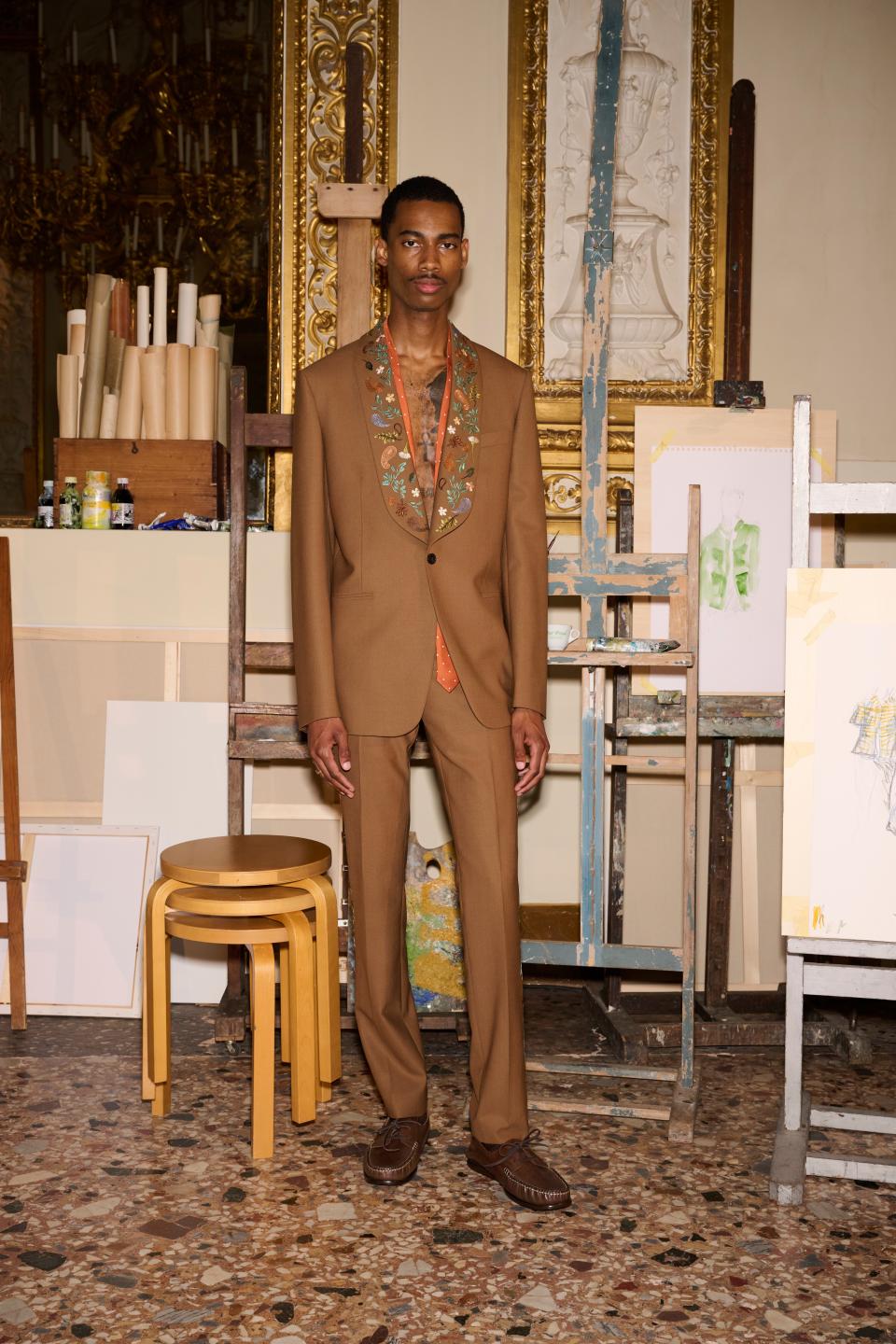
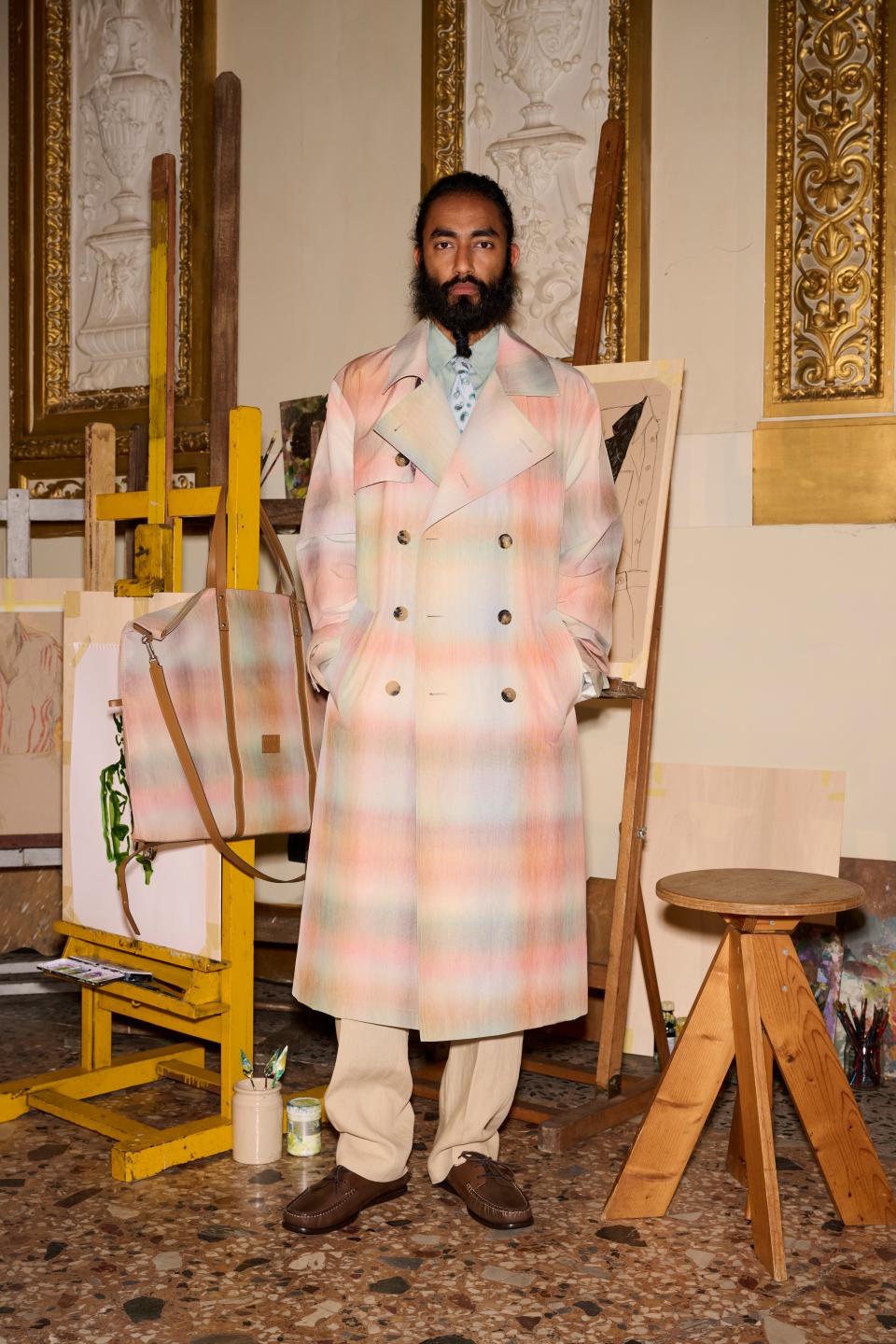
That juxtaposition of classic and casual formed the foundation of a collection aimed squarely at the push-and-pull that menswear is going through right now. The suits were louchely cut, while the chore coats and softly-colored button-ups were smart and trim and paired with languid silk ties. We saw an edited two-dozen looks, but frankly I could have sat there all afternoon. Few designers have Sir Paul’s pedigree, but it’s fascinating to listen to any designer dig deep into their ideas and inspirations, which are often hidden in inscrutable show notes or hastily communicated in a backstage press scrum, and almost always a blur on the runway. And I would never miss a Paul Smith show if the program included the man himself getting on stage for a tight ten-minute set.
Beforehand, I asked Smith about the inevitable trade-off between his usual format and this one. How do you balance a more personal presentation with the necessity of creating buzz in a crowded fashion system? Smith didn’t sugarcoat it. “The thing is, you have to understand that you will have a smaller business,” he said. But with age comes wisdom. “In my case, that’s absolutely fine. I have no problem with that because my life is my job and I love my job. And if I suddenly had a very large amount more money, it actually wouldn't make any difference, because I'm very happy to have the existence I have.” It’s a trade-off that Serre, whose business is young and growing, probably can’t make.
Paul Smith was actually one of the first designers to be invited to show at Pitti Uomo, way back in 1993. I asked him if he’d been thinking about that show at all, which had been held in a dark railway tunnel and, from what I could tell, looked like a big to-do. Smith laughed. “That was wacky,” he exclaimed. “It was really mad. I had a real locomotive in there, and I had all these boxes of nuts and bolts and I had steam. It was very Nirvana, very grunge. And then I dunno how I did it, but I managed to get James Brown’s band to play without James Brown…
“And now I’m doing a presentation!” he added. “I'm not sure what that says!”
What it says, I think, is that he’s changed with the times.
See all of our newsletters, including Show Notes, here.
Originally Appeared on GQ


